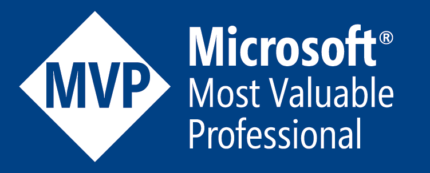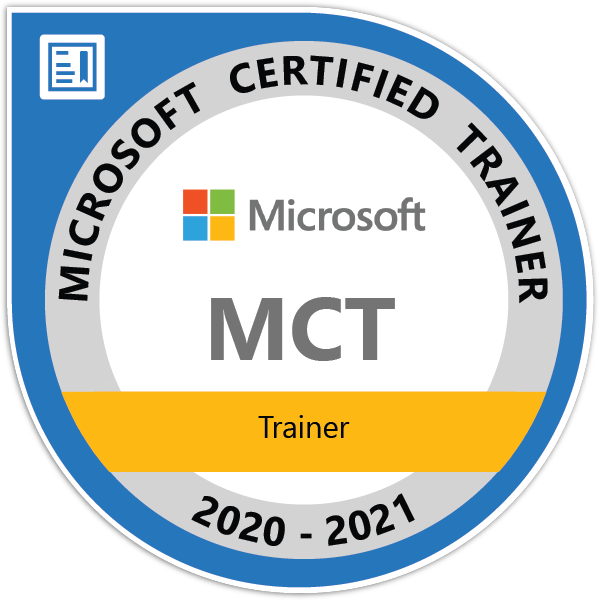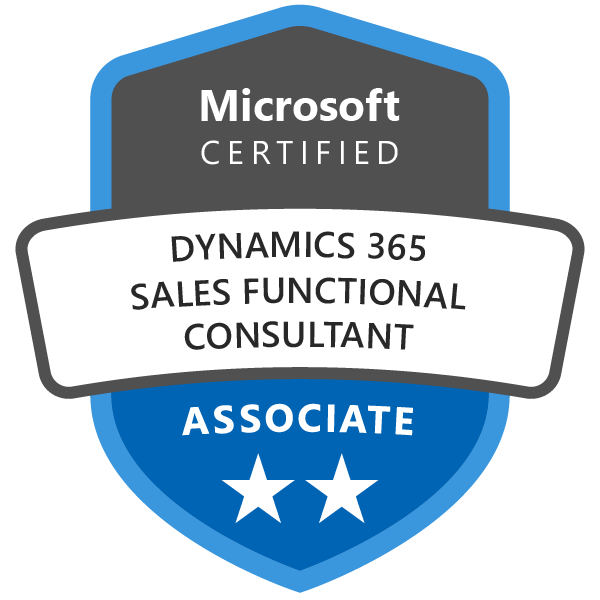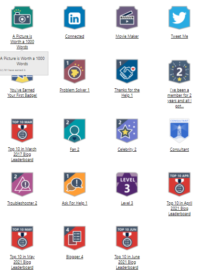Choosing the Right Data Import Method in Dataverse: Import Wizard vs Dataflows vs SSIS vs More

🔹 Introduction
When working with Microsoft Dataverse, one of the first decisions you’ll face is how to bring data in. Whether you’re migrating legacy data, syncing systems, or automating updates, the method you choose will depend on your data volume, source system, complexity, and automation needs.
In this post, we’ll explore the main data import options in Dataverse, including the Import Wizard, Dataflows, SSIS with KingswaySoft, Power Automate, and more—highlighting when and why to use each.
📊 Comparison Table: Quick Overview
| Method | Best For | Automation | Transformation | Volume | Skill Level |
|---|---|---|---|---|---|
| Import Wizard | Small, manual Excel/CSV imports | ❌ | ❌ | Low | Beginner |
| Power Query Dataflow | Periodic refresh with cleanup/transformation | ✅ | ✅ | Medium | Intermediate |
| SSIS + KingswaySoft | Enterprise-scale ETL from ERP/SQL | ✅ | ✅ | High | Advanced |
| Power Automate | Real-time or event-based small integrations | ✅ | ⚠️ Light only | Low–Medium | Intermediate |
| Azure Data Factory | Complex cloud data pipelines | ✅ | ✅ | High | Advanced |
| Virtual Tables | Read-only access to external systems | ✅ | ❌ | N/A | Intermediate |
Revised in below table.
| Method | Best Use Case | Source Support | Transformation | Automation | Volume Support | Notes |
|---|---|---|---|---|---|---|
| Data Import Wizard | One-time/small-scale imports from Excel or CSV | CSV, Excel | Minimal | Manual | Low | Good for admins/end users; via Maker Portal |
| Power Query Dataflow | Periodic or automated data ingestion with light-to-medium transformation needs | Excel, SharePoint, SQL, Web, etc. | Yes (Power Query) | Yes (via refresh) | Medium | Stores data in Dataverse; reusable across environments |
| SSIS + KingswaySoft | Large-scale ETL operations, complex source systems, high volume | Any ODBC/ADO.NET, ERP/CRM systems | Advanced | Yes (scheduling) | High | Requires SSIS + KingswaySoft addon; ideal for enterprise integration |
| Power Automate (Flows) | Trigger-based or schedule-based data push from connected services | Many connectors (e.g., Outlook, SQL) | Light | Yes | Low–Medium | Useful for near real-time data sync; logic apps also an option |
| Azure Data Factory (ADF) | Cloud-scale ETL, complex data orchestration, and staging | Blob, Data Lakes, SQL, etc. | Advanced | Yes (pipelines) | High | Useful for hybrid cloud integration; requires Azure knowledge |
| Dataverse API (Web API/OData) | Custom integrations, real-time application sync | Custom code via HTTP API | Fully custom | Yes (coded) | High | Best for developers; full control but more complex |
| Virtual Tables | Read-only access to external data without importing | SQL, Cosmos DB, Excel, etc. | None | Real-time | Depends | Data is not stored in Dataverse; only linked for read access |
Here is a summary.
| Scenario | Recommended Tool |
|---|---|
| Small Excel data entry for testing/demo | Data Import Wizard |
| Periodic data from Excel/SharePoint with cleanup | Dataflow (Power Query) |
| ERP/SQL-based regular sync | SSIS + KingswaySoft |
| Real-time integration from app | Power Automate / API |
| Cloud-scale pipeline with logic | Azure Data Factory |
| Need read-only access without storing | Virtual Tables |
🛠️ Use Case-Based Recommendations
✅ 1. Use Import Wizard When…
- You’re uploading small datasets from Excel or CSV.
- It’s a one-time operation.
- No transformations are needed.
- Example: Testing sample customer records.
✅ 2. Use Power Query Dataflows When…
- You need scheduled updates from sources like Excel, SQL, SharePoint.
- Light transformations (filtering, columns renaming).
- Reusability across apps.
- Example: Importing and transforming daily sales logs from Excel.
✅ 3. Use SSIS with KingswaySoft When…
- You have complex ETL needs.
- Large-volume or legacy system integration (SAP, Oracle, etc.).
- Need robust scheduling and error handling.
- Example: Nightly sync from ERP to Dataverse.
✅ 4. Use Power Automate When…
- You want event-driven or scheduled workflows.
- Automate low-volume updates from emails, forms, APIs.
- Example: Update Dataverse when a new form is submitted.
✅ 5. Use Azure Data Factory When…
- You’re working with hybrid environments (on-prem + cloud).
- You require orchestration of multiple data sources.
- Example: Moving bulk data from Data Lake to Dataverse nightly.
✅ 6. Use Virtual Tables When…
- You only need to view external data without storing it in Dataverse.
- Real-time access is required.
- Example: Displaying live customer credit data from SQL without duplicating.
🎯 Conclusion
Choosing the right data import approach in Dataverse depends on your scale, complexity, and automation needs. For quick and simple jobs, the Import Wizard or Dataflow may be enough. For enterprise integrations, SSIS or Azure Data Factory shine. Virtual Tables provide a no-storage read-only solution.
By aligning your strategy to the correct tool, you’ll save time, avoid performance issues, and ensure your apps stay connected and up to date.











